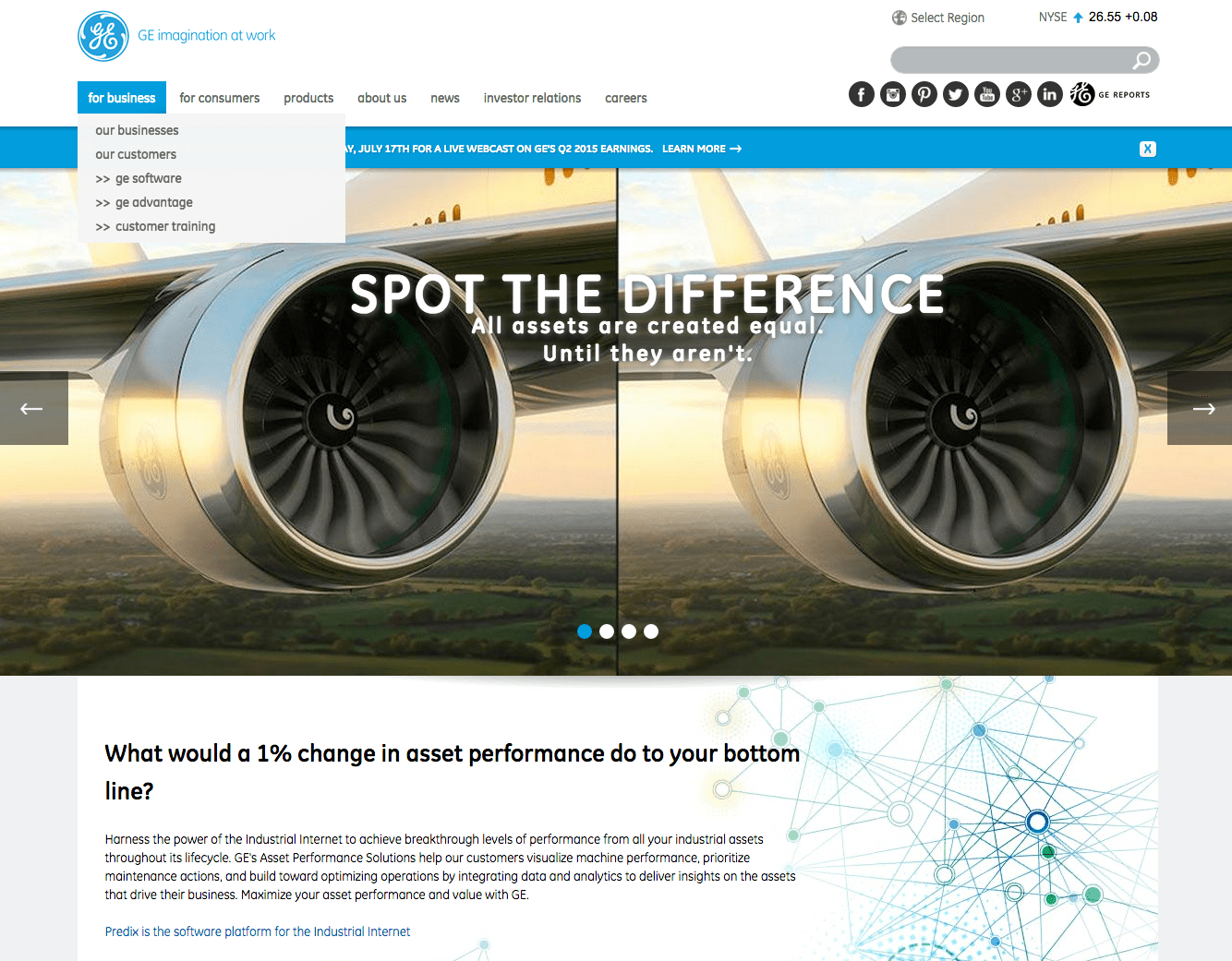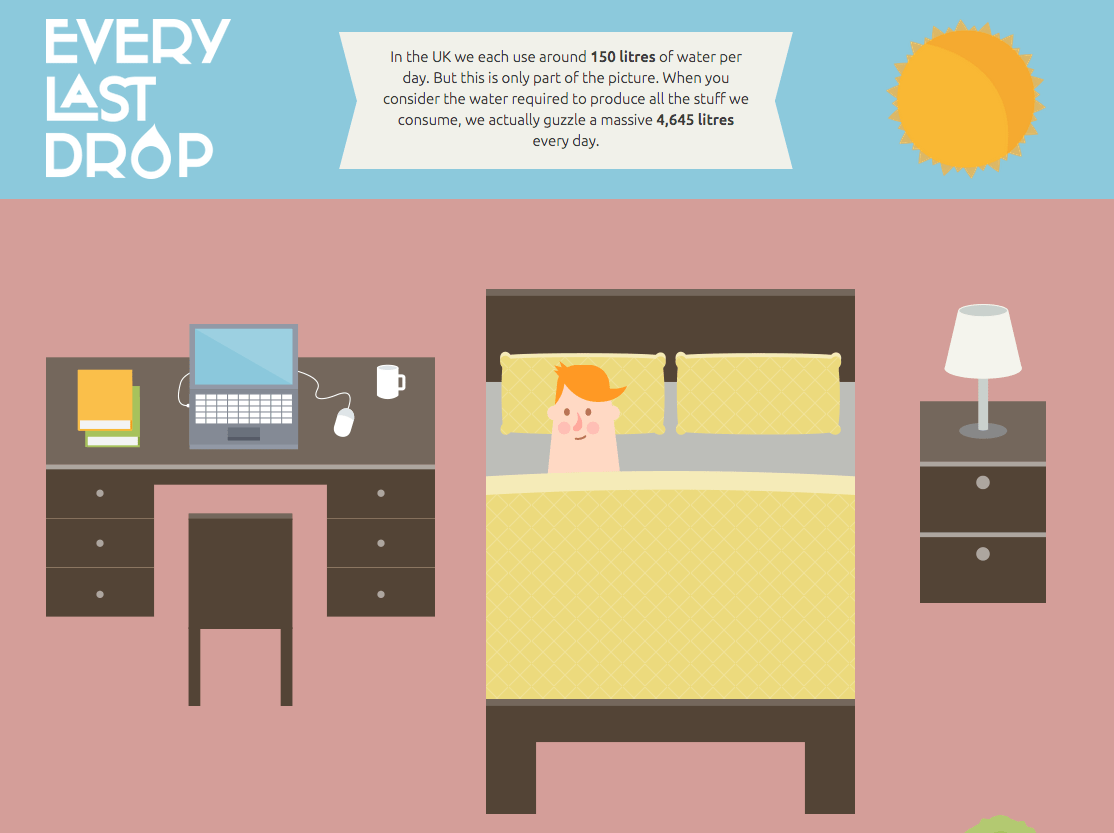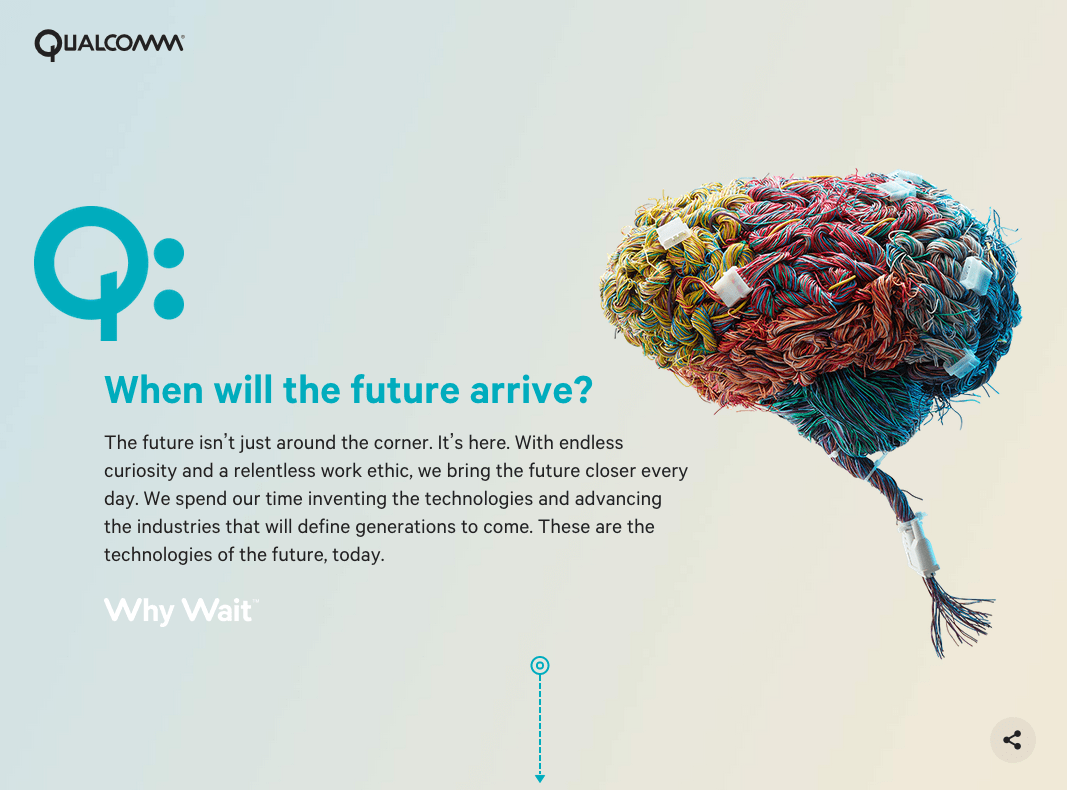Five Examples of Great B2B Storytelling Websites
Good storytelling is the new frontier for the website.
As Responsive Design homogenizes the look and feel of websites (I love the usability but dislike the cookie cutter designs that Responsive Design so often engenders); now, more than ever, we need compelling content to break through the visual monotony and fuse the “brand experience” with the “user experience.” This is especially true in B2B, where it is easy to “live above the neck” in a world of features, functions, dense and often technical content.
Here are five websites that successfully use compelling storytelling to build their brands.


Unlike the others, this site is not a single story, but a collection of vignettes — case studies, statistics, bios and news, which together paint the picture of a vibrant, “happening” law firm on the front lines, advocating for their clients. The vignettes appear in an irregular grid on the homepage and when clicked, lead to in-depth stories, which provide a complex picture of the firm. This design gives the user control of their own experience, which works because the content is well-considered and crafted.
 “Every Last Drop” is a public service website that promotes consciousness about conserving water. A tour de force of visual storytelling, it uses the common web programming of html, CSS and Javascript in a sophisticated way. The website user, by means of a scroll bar, controls the action of a typical person and how they use water as they go through their typical day. Essentially, it functions as a beautifully illustrated digital storybook that includes a small number of relevant statistics about water usage and ways the average person can conserve. The end result is a strong educational and awareness-building story presented in a compellingly interactive visual language.
“Every Last Drop” is a public service website that promotes consciousness about conserving water. A tour de force of visual storytelling, it uses the common web programming of html, CSS and Javascript in a sophisticated way. The website user, by means of a scroll bar, controls the action of a typical person and how they use water as they go through their typical day. Essentially, it functions as a beautifully illustrated digital storybook that includes a small number of relevant statistics about water usage and ways the average person can conserve. The end result is a strong educational and awareness-building story presented in a compellingly interactive visual language.

The user is invited to scroll down to see how the story unfolds, which is a continuation that weaves together “Mobile Experiences, Cognitive Technology” and “The Internet of Everything.” The sequence culminates in a Qualcomm-sponsored event to display how Qualcomm is using these technologies to improve the world.

Epilogue
The convergence of courageous clients, imaginative designers, disciplined content creators and lots of iteration is what it takes to create a compelling brand story. The five sites above are examples of these forces working in harmony, which is not as easy as it might appear. If it were easy, we wouldn’t be awash in the blandness that most B2B brands accept. I hope these sites will inspire and encourage you to elevate your brand through great storytelling. I’d love to see other examples of websites or videos that you think are great examples of brand storytelling .
